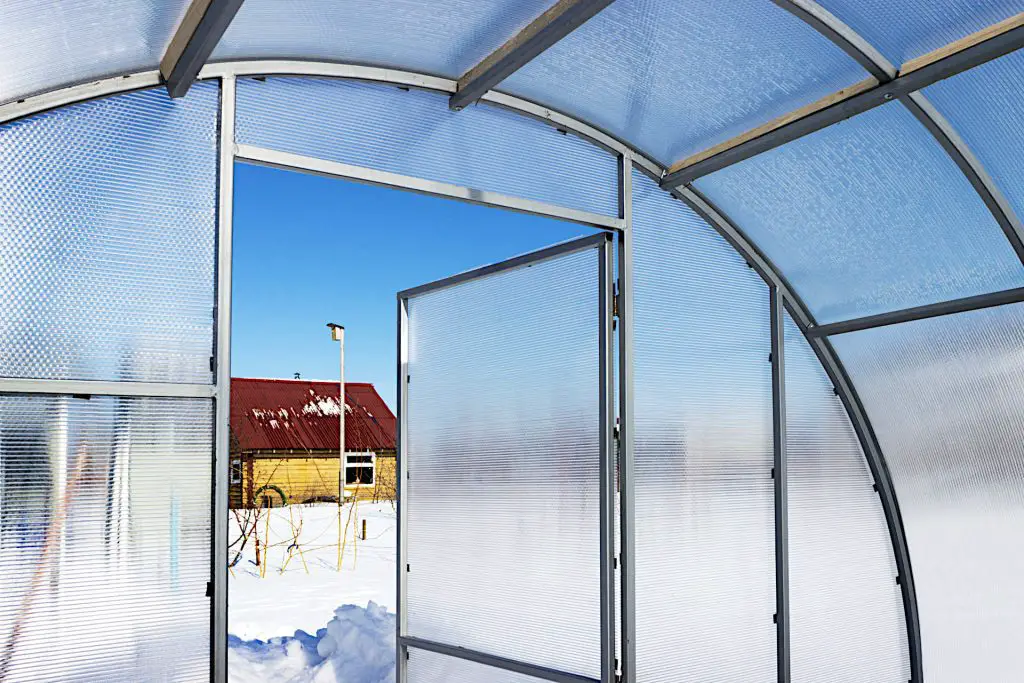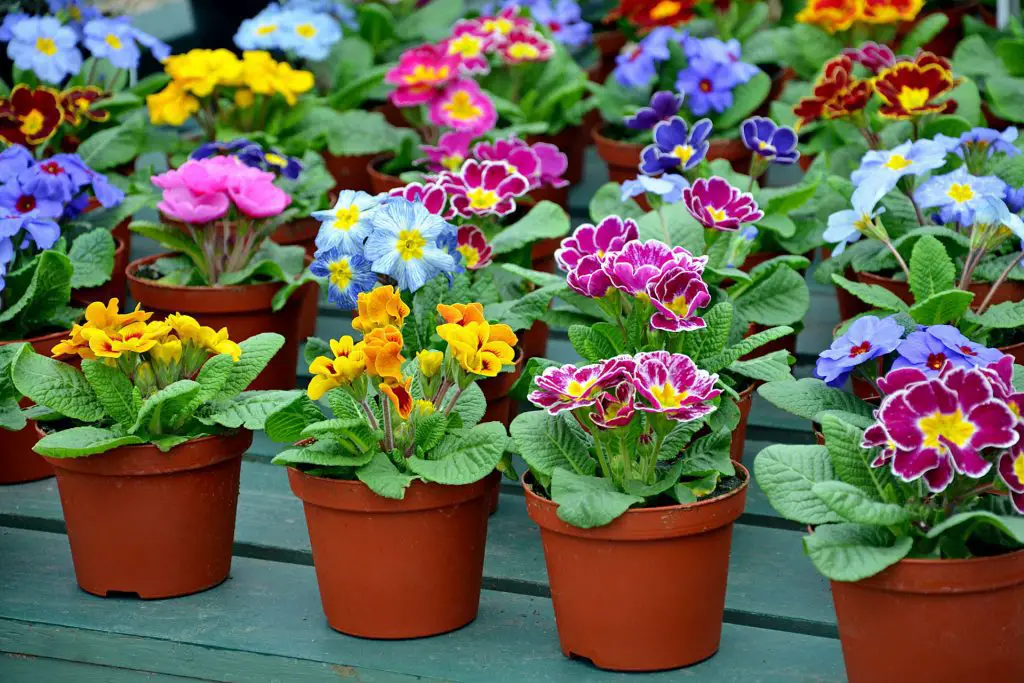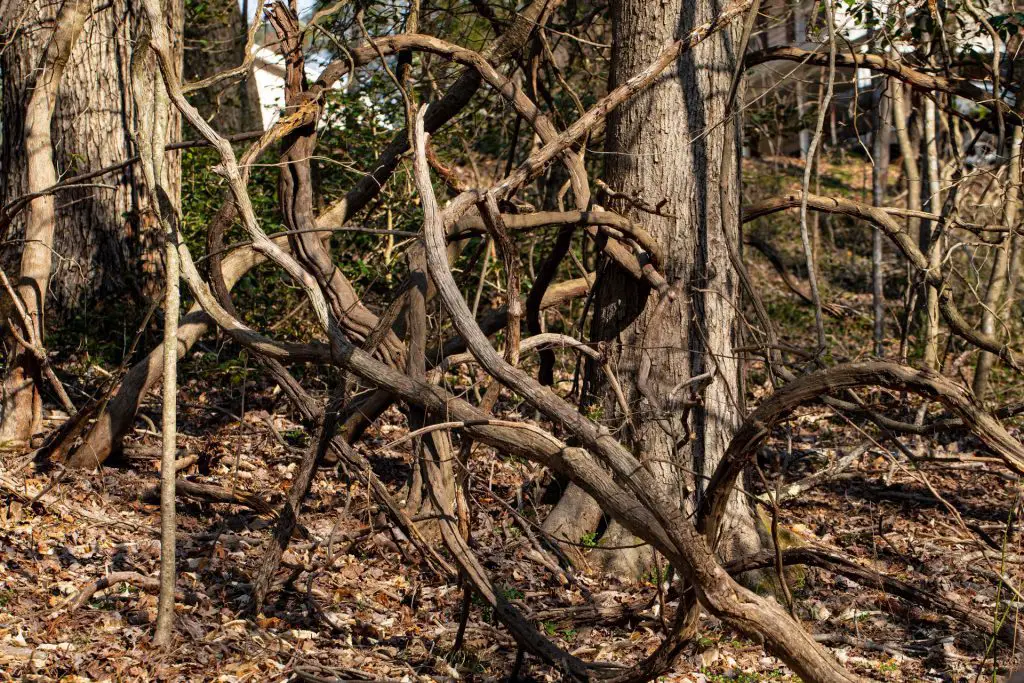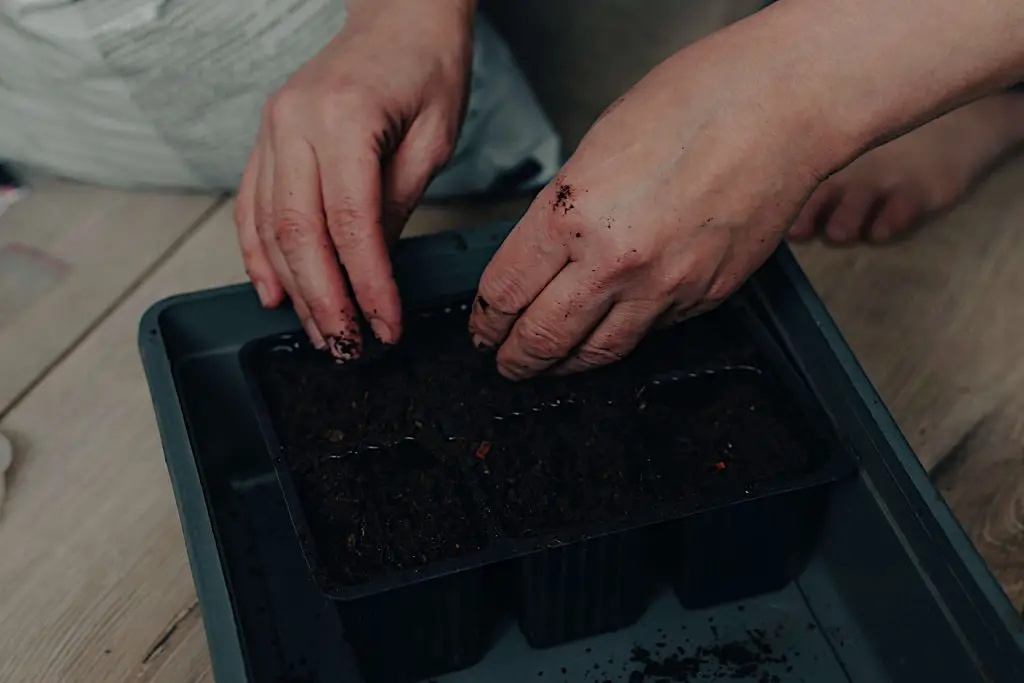15 Gardening Tasks for January that Will Help Get Your Yard in Shape for Spring
Gardening in January can be challenging due to the colder weather, but it is still a necessary time to take care of your garden. Below we have provided 15 gardening tasks for January that will help you get your garden in shape for spring.
Carrying out a few remedial gardening tasks in the winter as part of your gardening calendar can help prepare your garden for spring. These tasks can include protecting vulnerable plants from frost, pruning and tidying up plants to encourage healthy growth, and deadheading winter blooms to encourage new ones. Taking care of these tasks ensures that your garden is in good shape and ready to burst into life when the warmer weather arrives.
Additionally, by identifying and addressing any problems such as pests or diseases during the winter months, you can prevent these issues from becoming more serious and affecting the health of your plants in the spring.
15 Gardening Tasks for January
| Title | Summary | Checkbox |
|---|---|---|
| Protect Plants from Frost with A Sheltered Spot or Greenhouse | January is an excellent time to move vulnerable plants to a sheltered spot or greenhouse to protect them from frost. Frost can be very damaging to many plants, causing them to wilt and die. Protect non-native or less hardy plants. | [ ] |
| Prune and Tidy Climbers for Healthy Growth and Wind Protection | Pruning climbers in January helps remove dead or damaged growth, encouraging new growth and protecting against winter winds. Maintain control over growth. | [ ] |
| Cut Back Deciduous Grasses to New Growth | Cutting back deciduous grasses removes dead foliage, making room for new growth in spring. Also, weed removal opportunity. | [ ] |
| Deadhead Winter Pansies to Encourage New Blooms | Remove spent flowers from winter pansies to encourage continuous blooming and maintain their appearance throughout winter. | [ ] |
| Trim Unwanted Suckers from Grafted Trees | Trim suckers growing from rootstock to maintain desired traits of grafted trees. Prevents energy loss from the scion. | [ ] |
| Propagate Trees, Shrubs, and Climbers with Hardwood Cuttings | Taking hardwood cuttings from dormant deciduous plants in January is a cost-effective way to propagate and grow new plants. Great for challenging-to-reproduce species. | [ ] |
| Prune Wisteria to Keep It in Check and Reshape It | Pruning wisteria in January helps control growth, remove unwanted or damaged parts, and maintain desired shape. Proper pruning is essential for healthy wisteria. | [ ] |
| Move Shrubs and Bushes While They Are Dormant | Dormancy in January makes it less likely for shrubs and bushes to be damaged during relocation. Easier to plan and execute the move. | [ ] |
| Mulch Plants with Straw to Protect Them from Frost Damage | Mulching with straw in January insulates soil, reducing the risk of frost damage to vulnerable plants. Important for frost-prone species. | [ ] |
| Refresh Compost in Permanent Pots | Refreshing compost in permanent pots provides essential nutrients for upcoming growth. Especially crucial for plants relying solely on compost for nutrients. | [ ] |
| Check Trees for Pests and Diseases | January is ideal for inspecting trees for signs of pests or diseases. Early identification and action prevent severe damage to trees. | [ ] |
| Plan and Sow Seeds for A Vegetable Garden | Starting seeds indoors in January for later transplanting into the garden gives a head start on the growing season. Plan layout, sun exposure, and plant selection. | [ ] |
| Cut back herbaceous perennials to ground level | Cut back herbaceous perennials to ground level for a tidier garden and to encourage new growth. Remove weeds to prevent competition. | [ ] |
| Plant winter-flowering shrubs and climbers. | Planting winter-flowering shrubs and climbers in January adds color and fragrance to your garden during the colder months. Prepare for a burst of flowers. | [ ] |
| Plan Summer Garden and New Plants | Begin planning your summer garden in January. Consider layout, sun exposure, and plant selection. Order and purchase any needed plants. Get a head start on the growing season. | [ ] |
1. Protect Plants from Frost with A Sheltered Spot or Greenhouse

January is an excellent time to move vulnerable plants to a sheltered spot or greenhouse to protect them from frost. Frost can be very damaging to many plants, causing them to wilt and die. By moving these plants to a sheltered spot or greenhouse, you can protect them from cold temperatures and ensure they survive the winter. This is particularly important for plants that are not native to colder climates or are not fully hardy in your region.
2. Prune and Tidy Climbers for Healthy Growth and Wind Protection
Pruning or tidying climbers in January can be very beneficial for the health and appearance of these plants. Pruning helps to remove any dead or damaged growth, which can help to reinvigorate the plant and encourage new growth. It can also help protect the plant from strong winds, which are relatively common during winter. Keeping climbers tidy also helps to keep them under control and prevent them from becoming too large or unruly.
3. Cut Back Deciduous Grasses to New Growth
Cutting back deciduous grasses in January is an excellent way to help these plants to regenerate and encourage new growth. Deciduous grasses typically die back in the winter, so cutting them back to just above new growth can help to remove any dead or damaged foliage and make room for further growth in the spring. This is also an excellent time to remove any weeds that may have grown among the grasses, as they can compete with the grasses for nutrients and water.
4. Deadhead Winter Pansies to Encourage New Blooms

Deadheading winter pansies in January can help to encourage new blooms and keep these plants looking their best. Deadheading involves removing spent flowers, which can help to prevent the plant from expending energy on seed production and instead focus on producing new flowers. This can help to keep winter pansies looking colorful and attractive throughout the winter months.
5. Trim Unwanted Suckers from Grafted Trees
Trimming unwanted suckers from grafted trees in the early weeks of the year is an excellent way to keep them healthy and grow correctly. Grafted trees are created by attaching a piece of one tree (the “scion”) to the rootstock of another tree. The scion is the part of the tree that determines the characteristics of the tree, such as its fruit or flower type. Suckers are shoots that grow from the rootstock and can take energy away from the scion, potentially altering the characteristics of the tree. Trimming these suckers helps to prevent them from taking energy away from the scion and ensures that the desired traits of the tree are maintained.
6. Propagate Trees, Shrubs, and Climbers with Hardwood Cuttings
Taking hardwood cuttings in January is usually one of the better ways way to propagate trees, shrubs, and climbers. Hardwood cuttings can be taken from deciduous plants when they are dormant and are typically easy to root and grow into new plants. Propagating in this fashion is a cost-effective way to add more plants to your garden, and it is particularly useful for developing plants that are difficult to reproduce by other methods.
7. Prune Wisteria to Keep It in Check and Reshape It

Pruning wisteria in January is an ideal time to keep these vines in check and reshape them as desired. Wisteria can grow very aggressively, and pruning helps to control its growth and maintain its desired shape. It is important to prune wisteria correctly, as improper pruning can result in reduced flowering or unruly growth.
By pruning wisteria in January, it allows you to remove any unwanted or damaged growth and shape the plant as desired before the growing season begins. Pruning early can help to keep your wisteria looking attractive and well-maintained throughout the year.
8. Move Shrubs and Bushes While They Are Dormant
Dormancy is a period of rest for plants, during which they stop growing and become more resistant to stress, so January is the perfect time to move shrubs and bushes as they will be less likely to be damaged during the process. Moving shrubs and bushes while they are dormant also allows you to take advantage of the bare branches and roots, making it easier to see the plant’s shape and plan the move accordingly.
9. Mulch Plants with Straw to Protect Them from Frost Damage
Mulching plants with straw in January can help to protect them from frost damage and keep them healthy throughout the winter. Mulching involves covering the soil around plants with a layer of organic material, such as straw, wood chips, or bark. Putting down the mulch helps to insulate the soil and keep it at a more consistent temperature, reducing the risk of frost damage. Mulching is particularly important for plants prone to frost damage, such as Gunnera, as it helps to provide an extra layer of protection against the cold.
10. Refresh Compost in Permanent Pots
Refreshing the compost in permanent pots in January will help kick-start providing your plants with the nutrients they need to thrive in the upcoming growing season. Compost is a mixture of organic material that breaks down over time, providing plants with a source of nutrients as it decomposes. As the compost breaks down, it can become depleted of nutrients, so it is essential to refresh it periodically to ensure that your plants have a steady supply of nutrients. This is especially important in permanent pots, as these plants cannot access the nutrients in the soil and rely solely on the compost for their nutrients.
11. Check Trees for Pests and Diseases
January is the ideal time to check trees for signs of pests or diseases to ensure that they remain healthy throughout the year. Pests and diseases can cause severe damage to trees if left untreated, so it is crucial to identify and address any issues as soon as possible. Some common signs of pests or diseases include yellowing or wilting leaves, thinning canopy, and the presence of holes or other damage on the bark. If you notice any of these signs, it is vital to take appropriate action, such as removing infected leaves or branches or treating the tree with an appropriate pesticide.
12. Plan and Sow Seeds for A Vegetable Garden

Planning your vegetable garden and starting to sow seeds indoors in the first weeks of the year is a good way to get a head start on the growing season. Many vegetables can be started from seeds indoors and then transplanted into the garden once the weather warms up. By beginning the process indoors, you can get a jump on the growing season and have a head start on producing a harvest. Planning your vegetable garden in January also gives you time to consider the layout, sun exposure, and other factors that will affect the success of your garden.
13. Cut back herbaceous perennials to ground level
The beginning of a new year is also a great time to start cutting back herbaceous perennials to ground level. This is an excellent way to tidy up the garden and encourage new growth.
Herbaceous perennials are plants that die back to the ground in the winter and regrow in the spring. Cutting them back to ground level removes any dead or damaged foliage, which will make your garden look tidier and encourage new growth in the spring.
The New Year is also the perfect time to remove any weeds that may have grown among the perennials, as they can compete with the plants for nutrients and water. Cutting herbaceous perennials back to ground level will get the gardening year off to a good start and help to prepare it for new growth in the spring.
14. Plant winter-flowering shrubs and climbers.
Planting winter-flowering shrubs and climbers in January is an opportunity to add some color and interest to your garden during the colder months. Winter-flowering plants, such as witch hazel, mahonia, and winter jasmine, can provide a welcome burst of color and fragrance during a time when many other plants are dormant.
Planting these shrubs and climbers in January allows them time to establish roots allowing you to get ahead on the growing season, so they will be ready to put on a show of flowers when the weather warms up.
15. Plan Summer Garden and New Plants
Finally, the start of a new year should be when you begin planning your summer garden, including firming up decisions on any new plants you want to add. Planning your garden in the first few weeks of the year allows you to consider the layout, sun exposure, and other factors that will affect the success of your plants. It also gives you time to research and choose the best plants for your garden and order and purchase any plants you may need. Planning your summer garden in January allows you to get a head start on the growing season and ensures that you are well-prepared for the warm months ahead.
Don’t Be Daunted
Okay, it can look like an intimidating list but don’t be daunted. The chances are that February will provide some opportunities to complete some of the tasks left over from this month and possibly December.
